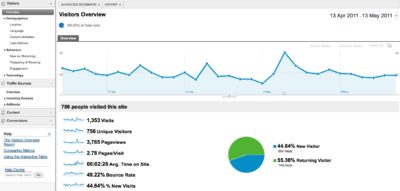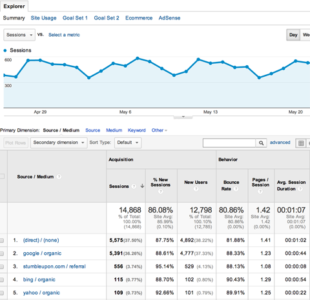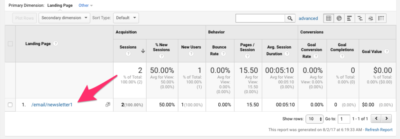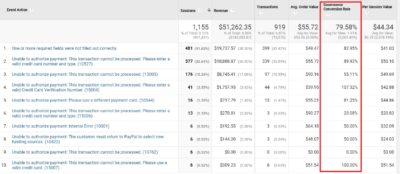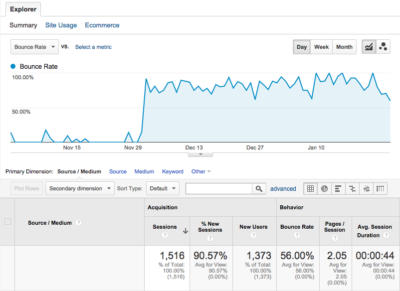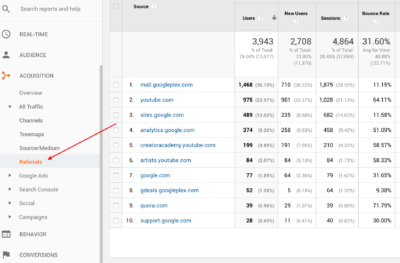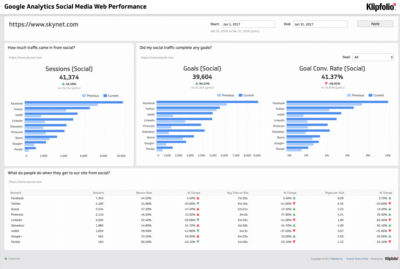How to Quantify Your Marketing Results
Today, with the amount of data and analytics we have access to, every campaign a marketing team puts together should be thought out and organized. Each decision made should be informed by data and the results of every action taken should be bookmarked for future reference. Because what’s the point of having access to so much data if we’re not going to use that insight to improve future campaigns? Because there is so much data available, it can be difficult to pinpoint which metrics are really important. Since using statistics to your advantage is now crucial, let’s take a look at how to quantify your marketing results and what metrics really matter.
Unique visitors
The unique visitor’s data indicates the number of individuals who visit your website during a given period of time, where each visitor is only counted once. This number will vary dramatically depending on the size of your company, your industry and, of course, the amount of content you’re producing. This metric is also the best indication of your site’s overall traffic.
Page views
This metric measures the cumulative number of individual pages that visitors click on during a given period. You can also learn how much time a visitor spent on a page to get an idea for which ones were most interesting to them. The more times a page was viewed, and how long people viewed it could help you measure a marketing campaign’s success.
Search engine traffic
Search engine traffic measures the amount of traffic being referred to your site through search engines, such as Google or Bing. Google even has a specific way to track what keywords visitors used that brought them to your site and which search engines directed those same visitors to you. Overall, the search engine traffic metric is useful because it’s a great indication of how effective you are at optimizing your content.
E-mail Openings
This metric simply measures how many e-mails were opened based on how many you sent for a specific marketing campaign.
Form conversion rate
Form conversions are very easy to track and accumulate data for metrics. This refers to web pages used for things like white pages or newsletters that have forms with some sort of call to action on them. They are usually used for the viewer’s general contact information, or to provide a discount on a service.
Bounce rate
Bounce rates measure the percentage of visitors who come to your site and then immediately leave, or “bounce” before clicking on any other pages within your site. A bounce rate of less than 40% is considered good, so if yours is any higher, it may be an indication that visitors don’t like what they’re seeing.
Inbound link
Inbound links refers to the number of external links to your site, which is an indication that other people have found your content important enough to link to it. This is an important one because the more high-quality inbound links you have, the higher your content will rank on search engines.
Social media effectiveness
Things such as ‘likes’ on Facebook and ‘mentions’ on Twitter can be used to measure the effectiveness of your advertising or marketing campaigns on each Social Media channel. There are also specific analytic tools built into social media sites for tracking purposes. Is there something we missed that your company feels is an important piece of data when measuring marketing results? Let us know in the comments section below!


